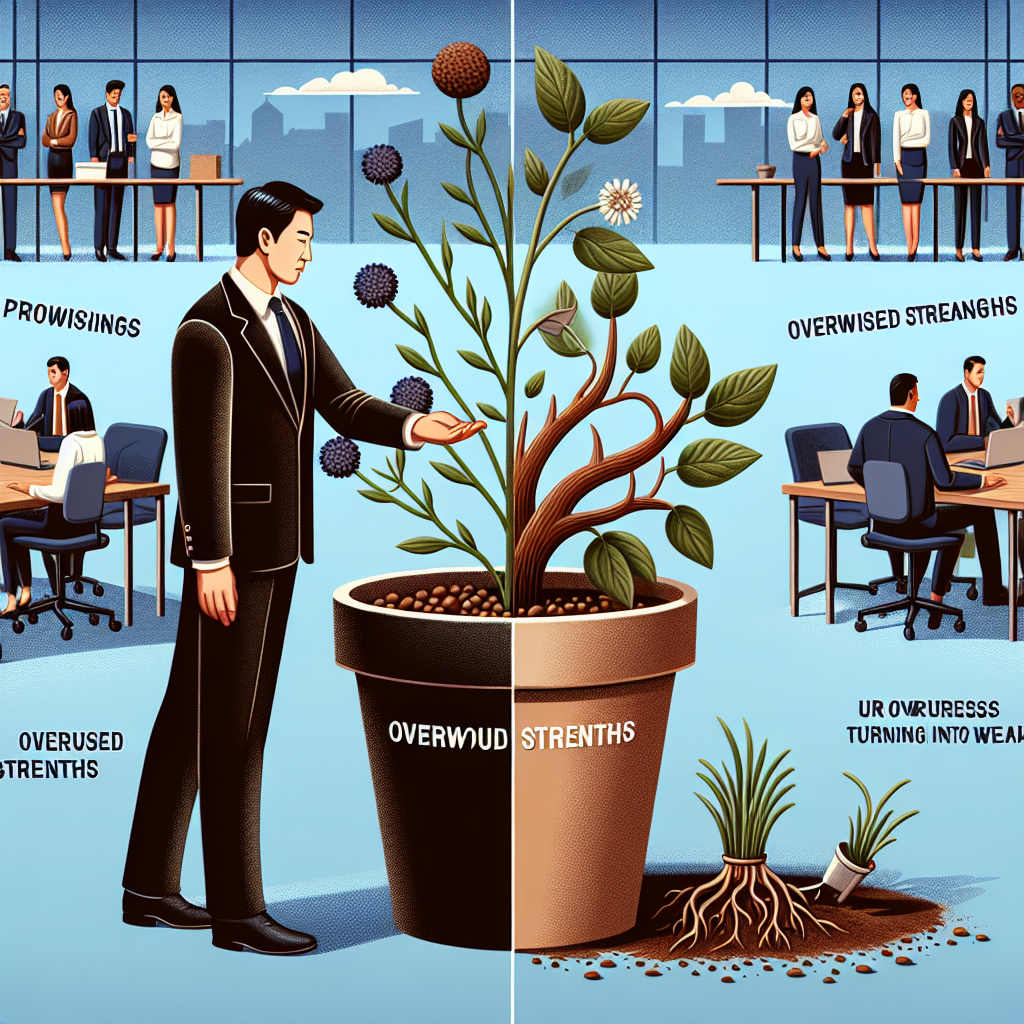Becoming an expert in any field is an admirable goal, but it requires more than just dedication. Recent scientific research has identified five key strategies that can help you achieve mastery and become an expert. These strategies include understanding fundamental concepts, engaging in deliberate and challenging practice, using distributed practice over cramming, receiving balanced feedback, and ensuring long-term retention of knowledge through overlearning and interleaving tasks. By focusing on these proven methods, you can efficiently navigate the journey to expertise and see tangible results in your chosen discipline.
The article outlines five key strategies for achieving expertise in any field, based on scientific research on skill acquisition. It emphasizes the importance of understanding fundamental concepts, engaging in challenging and deliberate practice, using distributed practice instead of cramming, receiving balanced feedback, and ensuring long-term knowledge retention through techniques such as overlearning and interleaving tasks.
Key Points
- Grasp fundamental concepts instead of just memorizing tasks to build a strong foundation for expertise.
- Deliberate practice and embracing challenges are essential, as they involve focused error correction and adaptation to real-world conditions.
- Avoid cramming; instead, use distributed practice to gradually and effectively learn over time while preventing knowledge decay.
Action Items
- Identify and focus on mastering the fundamental concepts of a field or skill you are interested in developing.
- Engage in deliberate practice by consistently focusing on identifying and correcting errors, and incorporate variability in your practice routine to keep it challenging.
- Structure your learning with a distributed practice schedule, dedicating time regularly over a longer period, and occasionally interleave other tasks to enhance retention and adaptability.
The text examines Peter Drucker’s insights on the productivity revolution, focusing on the challenges of knowledge work compared to manual labor. Drucker emphasized the importance of defining knowledge work, setting clear expectations, and measuring productivity by meaningful outcomes rather than sheer volume. The content suggests that many organizations have misapplied productivity models designed for manual labor to knowledge work, leading to inefficiencies such as excessive meetings and reactive work cycles. Drucker’s ideas on expectation management and shifting the focus from productivity to productiveness are proposed as ways to achieve meaningful progress in knowledge work.
Key Points
- Drucker identified the challenge of improving knowledge work productivity and introduced the concept of the management revolution.
- Current productivity systems often lead to inefficiencies, with meetings and task management overshadowing meaningful work.
- Emphasizing expectation management and shifting from productivity to productiveness can lead to better outcomes in knowledge work.
Action Items
- Clarify and define expectations in your personal and professional tasks to ensure alignment with meaningful goals.
- Prioritize tasks based on their impact rather than the mere completion, focusing on quality and results over volume.
- Create dedicated time for deep work and strategic thinking, minimizing reactive tasks and busywork in your daily schedule.
The article discusses the challenges of managing to-dos in the face of constant interruptions and notifications, drawing on insights from a survey of knowledge workers across several countries. The survey highlights the importance of having an organizational system for to-do lists to combat the chaos of modern work life. It presents strategies for improving personal productivity, such as timeboxing and prioritizing tasks, and suggests using tools like Trello for better task management.
Key Points
- 89% of workers believe organized individuals are more productive, and 82% have formal systems in place to manage tasks.
- 48% of employees use separate to-do lists for personal and professional tasks, while others consolidate them into one.
- Improving productivity involves strategies like timeboxing, prioritizing a daily ‘top to-do,’ and utilizing tools like Trello.
Action Items
- Implement timeboxing in your daily schedule to allocate specific time blocks for tasks and limit distractions.
- Create and prioritize a ‘top to-do’ each day to focus on the most impactful tasks.
- Utilize productivity tools like Trello to organize and manage both personal and professional tasks effectively.
The article by Chris Bailey discusses research indicating that the time one wakes up does not impact productivity or socioeconomic success. Instead, it emphasizes the importance of how one uses their waking hours deliberately. The article suggests that productivity is more about how one manages their time and energy throughout the day, rather than adhering to an early wake-up routine.
Key Points
- Waking up early does not directly correlate with higher productivity or socioeconomic status.
- Being deliberate with how you use your waking hours is more important than the specific time you wake up.
- Understanding and utilizing your biological prime time can enhance productivity.
Action Items
- Focus on creating deliberate and intentional plans for your daily activities regardless of your wake-up time.
- Identify and take advantage of your peak energy periods throughout the day to maximize productivity.
- Let go of any guilt associated with not waking up early and instead, pay attention to how you spend your time post-wakeup.
The article discusses the four ‘superpowers’ of artificial intelligence (AI) that enhance product functionalities: content creation, summarization, basic data analysis, and perspective taking. It emphasizes the importance of choosing the right technological tool by starting from the problem rather than the technology itself. The piece advocates for using AI judiciously to ensure user engagement and positive business impacts, illustrating each AI ‘superpower’ with examples from various companies. The overall message is to integrate AI solutions thoughtfully, ensuring they align with clearly defined user outcomes.
Key Points
- AI can enhance products through content creation, summarization, basic data analysis, and perspective taking.
- Choosing the right tool for a problem is crucial; start from the problem, not the technology.
- Well-defined user outcomes and desired behaviors are necessary before deciding on AI implementation.
Action Items
- Evaluate current professional projects to determine if AI can enhance product functionalities through one of its ‘superpowers’.
- Start with a clear understanding of user needs and desired outcomes before integrating any AI solutions.
- Stay informed about evolving AI capabilities to explore potential applications within industry trends.
The INMA Webinar featured Michael McCarthy from Hearst Newspapers discussing the integration of generative AI into advertising sales and media planning. This AI-driven approach addresses key sales challenges by automating routine tasks, enhancing personalization, and improving engagement with clients. With tools like AI-generated media plans and AI coaching for sales reps, the transition to AI in Hearst has been gradual and carefully managed, focusing on building trust and enhancing the capabilities of team members.
Key Points
- Hearst Newspapers uses AI to automate routine advertising sales tasks, allowing sales reps to focus on more impactful activities.
- AI tools have improved client engagement through personalized media plans and tailored communications.
- A phased approach to AI integration ensures smooth adoption, with support from leadership and continuous feedback loops.
Action Items
- Explore AI tools that can automate repetitive tasks in your work, allowing you to focus on strategic and creative activities.
- Consider using AI-driven data analysis to create personalized client engagement strategies for better outcomes.
- Implement a phased approach when introducing new technologies, starting with a small team before expanding, to ensure smooth integration and adoption.
The article examines actions taken by President Trump’s administration that threaten the fundamental rights guaranteed by the First Amendment of the U.S. Constitution. It highlights the administration’s attempts to undermine freedoms of speech, the press, assembly, religion, and the right to petition the government. Key areas of concern include actions against journalists, universities, and judges, as well as the administration’s challenges to legal protections and freedom of information.
Key Points
- The Trump administration has taken actions perceived as undermining First Amendment rights, including attempts to curb press freedom and legal threats against news organizations.
- There are reported efforts to discourage lawful protests and restrict freedom of assembly at educational institutions, specifically targeting foreign students and academics involved in protests.
- Federal actions have concerned judicial independence, with threats against judges and legal actions against law firms challenging the administration.
Action Items
- Stay informed about current events and policies impacting constitutional rights, especially those involving freedom of speech and press.
- Engage in discussions or participate in forums promoting the protection of First Amendment rights and civil liberties.
- Support legal and advocacy groups working to uphold and defend constitutional freedoms and challenge governmental overreach.
The article discusses the future of advertising and technology, highlighting how initial technological advantages in industries do not last long, leading to a point where creativity and differentiating via design and branding become crucial. Despite technological parity, creative ideas and unique approaches will ultimately set companies apart in saturated markets.
Key Points
- Technological advantages are short-lived, as hardware and software advance to a state of parity across industries.
- After reaching technological parity, design, creativity, and branding become critical differentiators.
- Historical examples, such as the VW Beetle and Apple, show how unique creative approaches can lead to success even with similar underlying technologies.
Action Items
- Focus on developing creative skills and thinking to differentiate yourself or your business in a rapidly evolving technological landscape.
- Invest in branding and design to ensure your product or service stands out amidst similarities in technology.
- Stay updated with technological advancements but focus on how they can enhance creative applications rather than solely relying on tech as a competitive edge.
The article discusses the common mistake people make when making decisions: choosing based on their aspirational selves rather than their real selves. Decision coach Nell Wulfhart advises against making decisions for the person you wish to be and instead encourages making decisions aligned with your current self. She highlights the importance of recognizing ‘red flag phrases’ that indicate decisions might not align with one’s true self. Reflecting on personal values and making choices aligned with them can lead to more satisfying outcomes.
Key Points
- People often make decisions for their aspirational selves rather than their real selves, leading to regret.
- Identifying ‘red flag phrases’ can help recognize when one is making decisions not fitting their true character.
- Making decisions aligned with personal values and current identity leads to greater satisfaction and less regret.
Action Items
- Reflect on and write down personal values that include daily happiness factors and not just broad concepts.
- Identify ‘red flag phrases’ in your decision-making process to ensure choices are right for your current self.
- Align life decisions with your present likes, dislikes, and habits rather than aspirational goals.









